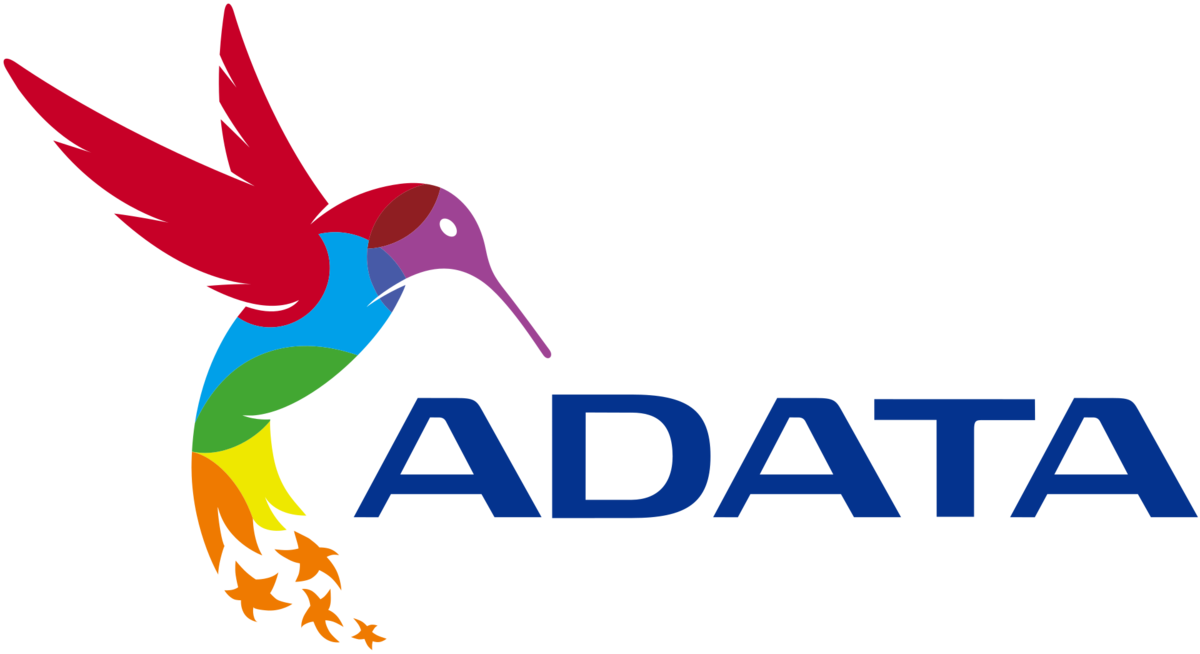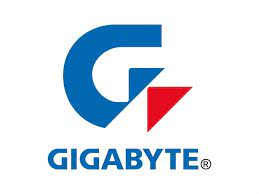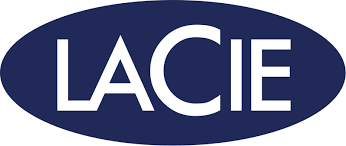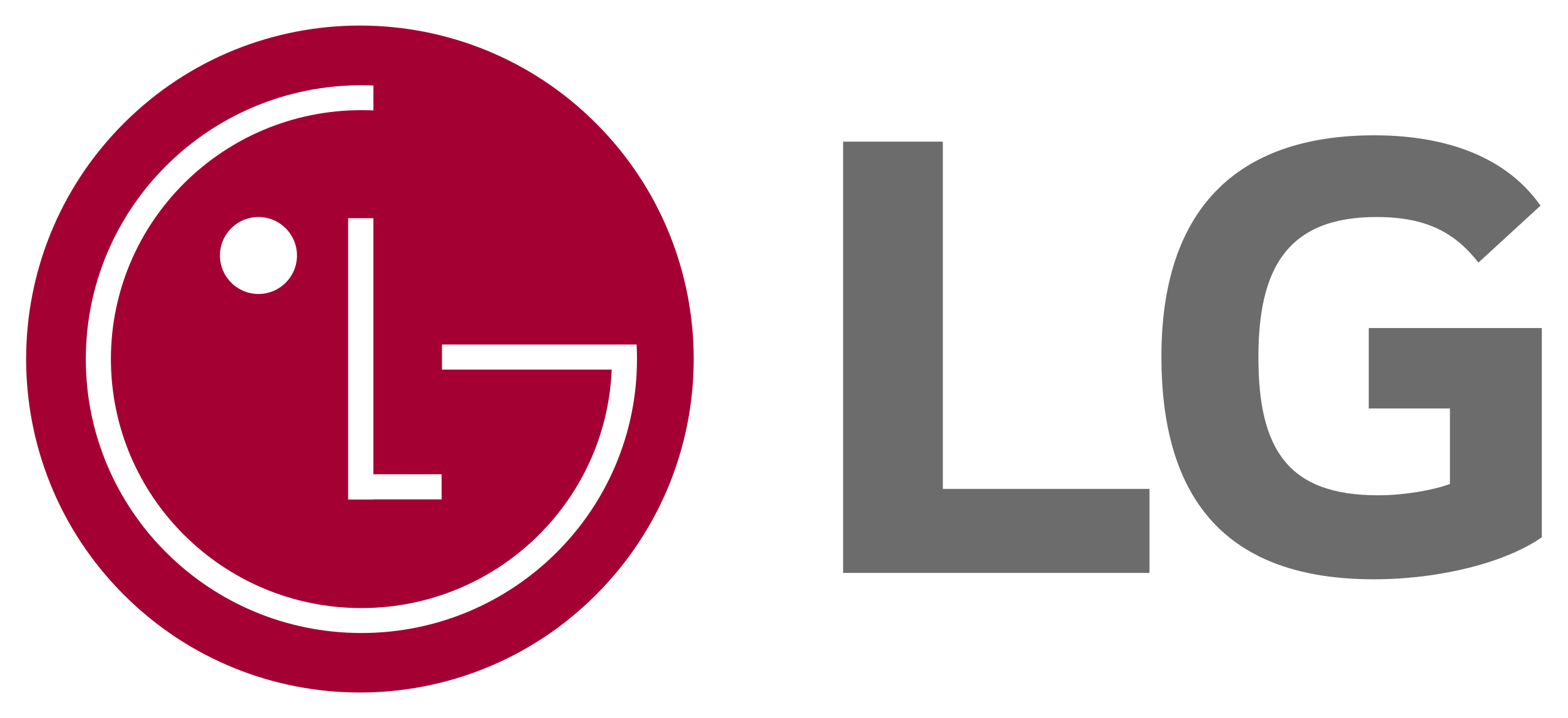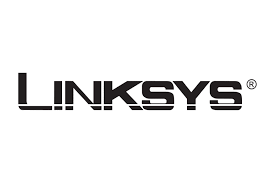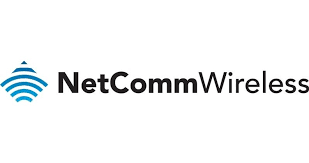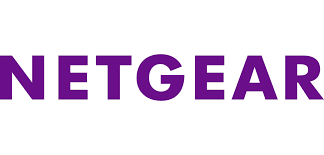From Down Under to Down the Line: A Look at Australia’s Telecommunications Landscape
Australia’s love affair with the telco industry began with the clanging of telegraph lines and the crackle of radio waves. Since then, its journey has been fascinating, from copper wires to fibre optics, bulky handsets to pocket-sized smartphones. But 2024 marks a significant turning point, with legacy technologies fading and new horizons emerging.

From Down Under to Down the Line A Look at Australia’s Telecommunications Landscape
Let’s take a dive into the past, present, and future of Australian telcos:
A Telephonic Tale: A Look Back
- 1854: Australia gets its first telegraph line, connecting Melbourne and Adelaide.
- 1878: Alexander Graham Bell’s revolutionary invention reaches Australia, and the first telephone exchange opens in Sydney.
- 1979: Mobile phones enter the scene, initially bulky and expensive.
- 1990s: The internet boom fuels demand for faster connections, leading to the rollout of ADSL.
- 2007: The NBN (National Broadband Network) project is announced, aiming to transform Australia’s internet infrastructure.
Sunset for Some, Sunrise for Others: Saying Goodbye and Hello in 2024
- Goodbye: Traditional copper-based services like ADSL, ADSL2, and Telstra BigPond cable internet are being phased out in 2024. This is to make way for the NBN, which offers faster and more reliable connections.
- Hello: The NBN rollout continues, bringing fibre-optic and fixed wireless access to more and more homes and businesses. Providers like Telstra, Optus, and NBN Co. are offering a variety of NBN plans to suit different needs and budgets.
Beyond 2024: Exciting New Frontiers
- 5G rollout: Australia is gearing up for the next generation of mobile technology, promising super-fast speeds and low latency. This will revolutionise our mobile experience, enabling new applications like augmented reality and the Internet of Things (IoT).
- Satellite internet: For those in remote areas with limited NBN access, satellite internet is becoming a viable option. Companies like Starlink and Lynk are offering faster and more affordable satellite internet options.
- IoT and smart homes: As connectivity continues to improve, more devices will be connected to the internet, creating intelligent homes and communities.
- Cybersecurity: With increased reliance on online services, protecting ourselves from cyber threats becomes paramount. Providers and individuals alike need to be vigilant and invest in robust security measures.
The Final Ringtone: A Time for Change and Opportunity
2024 marks a pivotal year for Australian telcos. While saying goodbye to familiar technologies can be nostalgic, it also opens doors to a future of faster, more connected Australia. Embracing new technologies and staying informed will be key as we navigate this exciting digital landscape. So, keep your eyes peeled, your smartphone charged, and get ready to ride the wave of innovation into the future!
—
Content Created on 9/2/2023 by
John Pititto
Managing Director
The Original PC Doctor


























